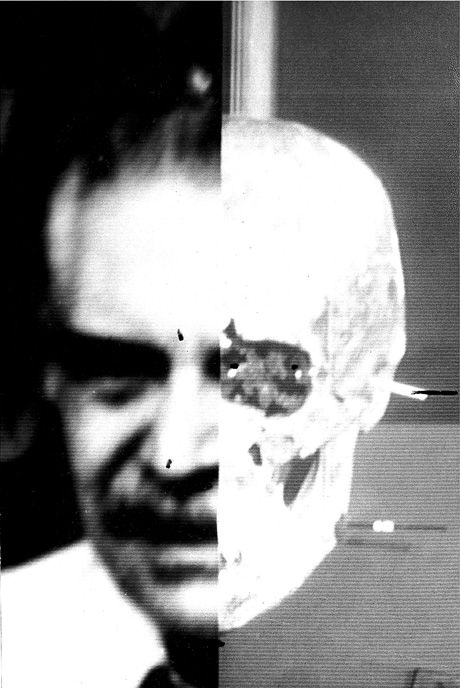
What you see is from an article over at Cabinet Magazine about the identification of Josef Mengele, Nazi Experimentalist, from his skeleton found in Brazil in 1985. It is a moving story of how science allowed the positive identification of one of the world’s most horrendous war criminals, and how science allowed many people’s minds, who had been scared that the skeleton was a fake, to be put to rest. It is also happens to be the story of the real beginning of the age of forensic science in criminal investigation and trials. Without the methods and techniques used, and explained cogently to the public, for this investigation forensic science would not be what it is today.
Clyde Snow speaks of bones in a rather flamboyant manner. In the manner of a rhetorician employing the trope of prosopopoeia—the figure that artificially endows inanimate objects with a voice—he refers to skeletons as if they were both alive and speaking, and gifted with a special capacity for truthfulness: “Bones make good witnesses. Although they speak softly, they never lie and they never forget.”24
…
Using tables and formulas he had developed of the topography of skulls based on work with hundreds of them, Helmer enhanced the skull to add the thickness and shape of the face which had disappeared with death. Using thirty separate pins, each secured with clay to the surface of the skull and tipped with a white marker at the point where the skin would have been, he recreated the missing contours. This allowed him to compare the skull and the photographs “to the closest millimeter.”26
As Joyce and Stover tell the story, the pin-studded skull and the photos were then displayed side-by-side in front of
two high-resolution video cameras
…
Having satisfied himself, Helmer presented the work to his colleagues. “The pin-cushion skull came into focus on the television monitor with the photo superimposed onto it. The sight was unnerving. It took a moment for the eye and brain to process the peculiar image. They were seeing a human as no one in life could, as if the skin were a ghostly film.”28 The match was perfect. It was the image that would convince the public, a photograph wrapped over an object, an image of life over an image of death.29